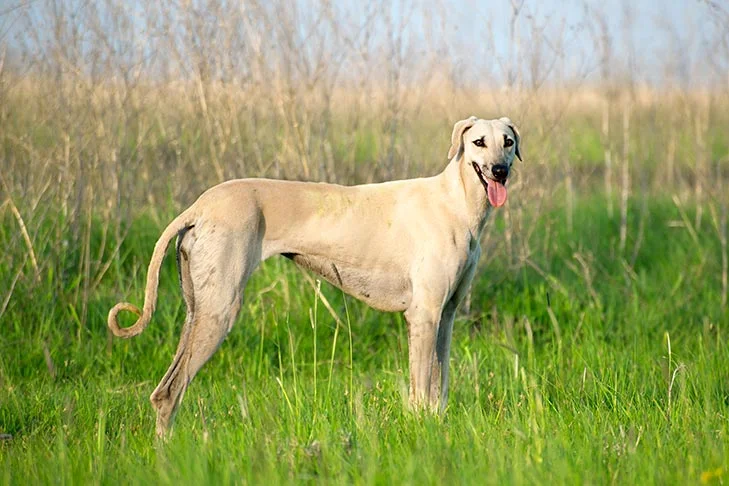The ancient Sloughi, sometimes known as the ‘Arabian Greyhound,’ was a slender, fast-coursing dog that chased a variety of game in North African deserts. The Sloughi is a traditional sighthound who is distant with strangers yet compassionate with close ones.
The Sloughi (SLOO-ghee) is an ancient sighthound of classical construction, originally trained to work on games such as hare, fox, jackal, gazelle, and wild pigs on the severe terrain of its birthplace. This is a slim, no-frills hound with a shoulder height of 24 to 29 inches. Coat colors range from light sand to mahogany red-fawn, with or without brindling, black markings, and no intrusive white marks. The Sloughi’s large, black eyes are frequently described as melancholy.’







 Health
Health Grooming
Grooming Exercise
Exercise Training
Training Nutrition
Nutrition